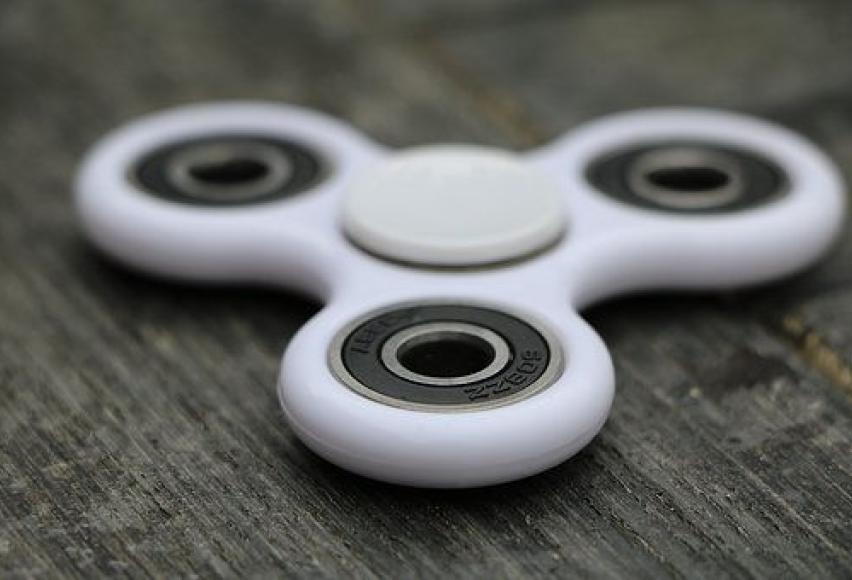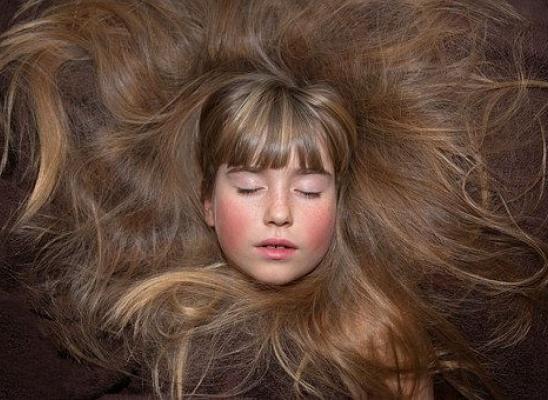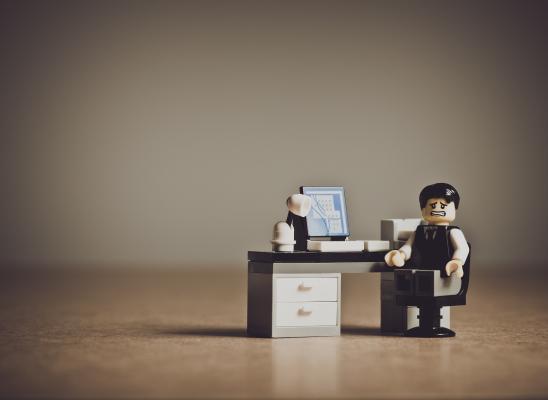25 tips to stop pulling your hair out

Online test
Find out the severity of your symptoms with this free online test
Allie is a sixteen year old girl living in Chicago, who makes videos about beauty, fitness, and mental health. Allie also struggles with trichotillomania. In this video she shares some of her tips to stop pulling your hair out. Although there is currently no cure for trichotillomania and no guaranteed way to stop pulling your hair, below is a list of tips and strategies that may be helpful in reducing and/ or stopping your hair pulling. Not all of them may work for you. The idea behind this is to try as many as you possibly can in order to create your very own “stop picking tool kit” that is unique to you.
Tips you can try straight away
- Don’t isolate yourself- it’s a vicious cycle and if you don’t realize it you might end up stuck in it. Being around people can really help you, even if it’s just sitting at a coffee shop alone. Just don’t be locked up in your room all day.
- Tell your family or friends- talking or confiding in others is the best remedy, talk to your family about your hair pulling disorder and try and make them understand what trichotillomania is, so that they don’t judge you but be there for you in the process of trying to heal.
- Cover your head with a hat when you are at home.
- Use a fidget toy

- Put your hair into a style you wouldn’t want to mess up ( if you tend to pull out flyaway, this might not be effective for you)
- If you are at home, you can put Vaseline or oil on your fingertips. This can help because you wouldn’t want to mess your hair up with Vaseline. When you try to pull the Vaseline or oil also makes your hair slippery which makes it hard to pull.
- Wear gloves during times that you know you pull
- Put glue on your fingers- pulling off dry glue can give you the same satisfactory feeling as when you are pulling
- Get fake nails- it becomes hard to pull with long nails
- Sit on your hands/ or hold someone’s hand when you are watching TV or when you are in class
- Keep a pulling chart- this might make you very upset but it is an eye opener. By keeping track of how where and when you pull can help you determine which tips will work for you
- Redirect your pulling to something else
- Distract yourself and keep yourself busy
- Write a note to yourself when you’re not pulling and tell yourself all the reasons why you are not pulling, and when you are pulling, take out the note and read it.
- Use a reminder app to track how long you’ve been pull free
- Focus on the short term. Don’t push yourself too hard
- Fill your eyebrows so that you won’t want to mess them up by touching them
- Find another person with trichotillomania to talk to when you are having a hard time
- Get on a regular sleep schedule
- For eyelash pullers, reduce wearing mascara as much as possible
- Choose an action to do every time you want to pull.
- Focus on growing your hair back. The more you is growing up the more confidence you will have.
Strategies for long term
- Medication. Sometimes antidepressants, anti-anxiety medications, and further medications that address other issues behind compulsivity can be helpful in the treatment of trichotillomania.
- Counselling/ therapy. One-on-one cognitive behavioral therapy is usually the treatment of choice because it’s a therapy that focuses on learning new positive behaviors to replace negative behaviors.
- Alternative therapy. Animal-assisted therapies, creative therapies, active therapies – each of these can help patients get to emotional places where words cannot penetrate.
Online test
Find out the severity of your symptoms with this free online test
Start your journey with TrichStop
Take control of your life and find freedom from hair pulling through professional therapy and evidence-based behavioral techniques.
Start Now



